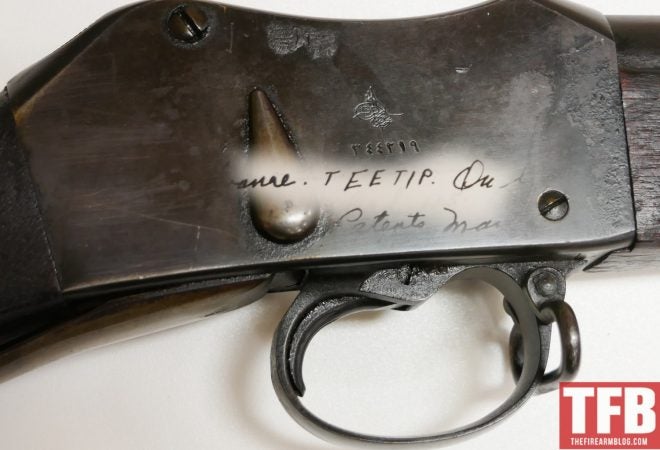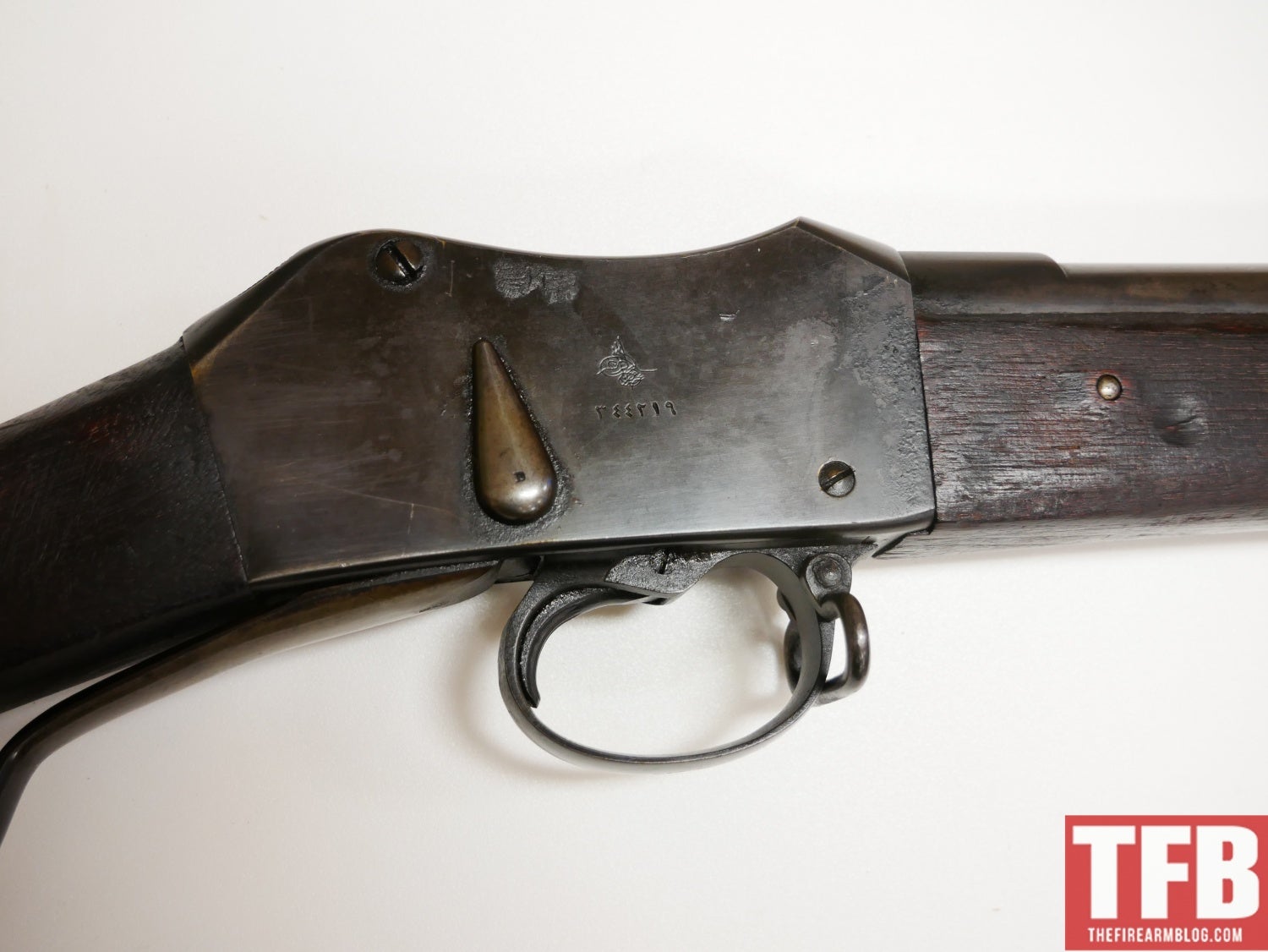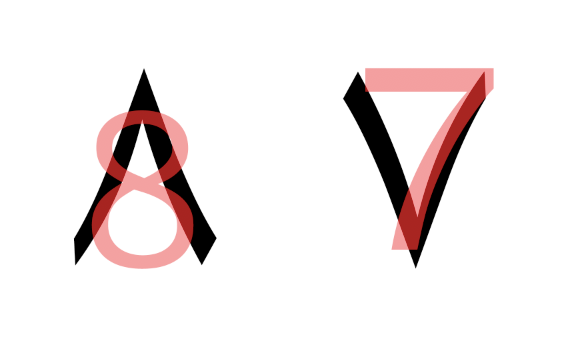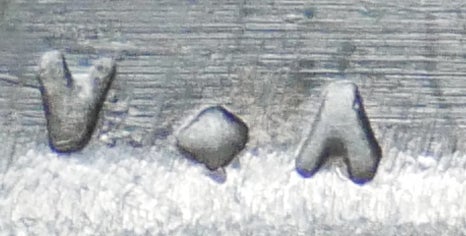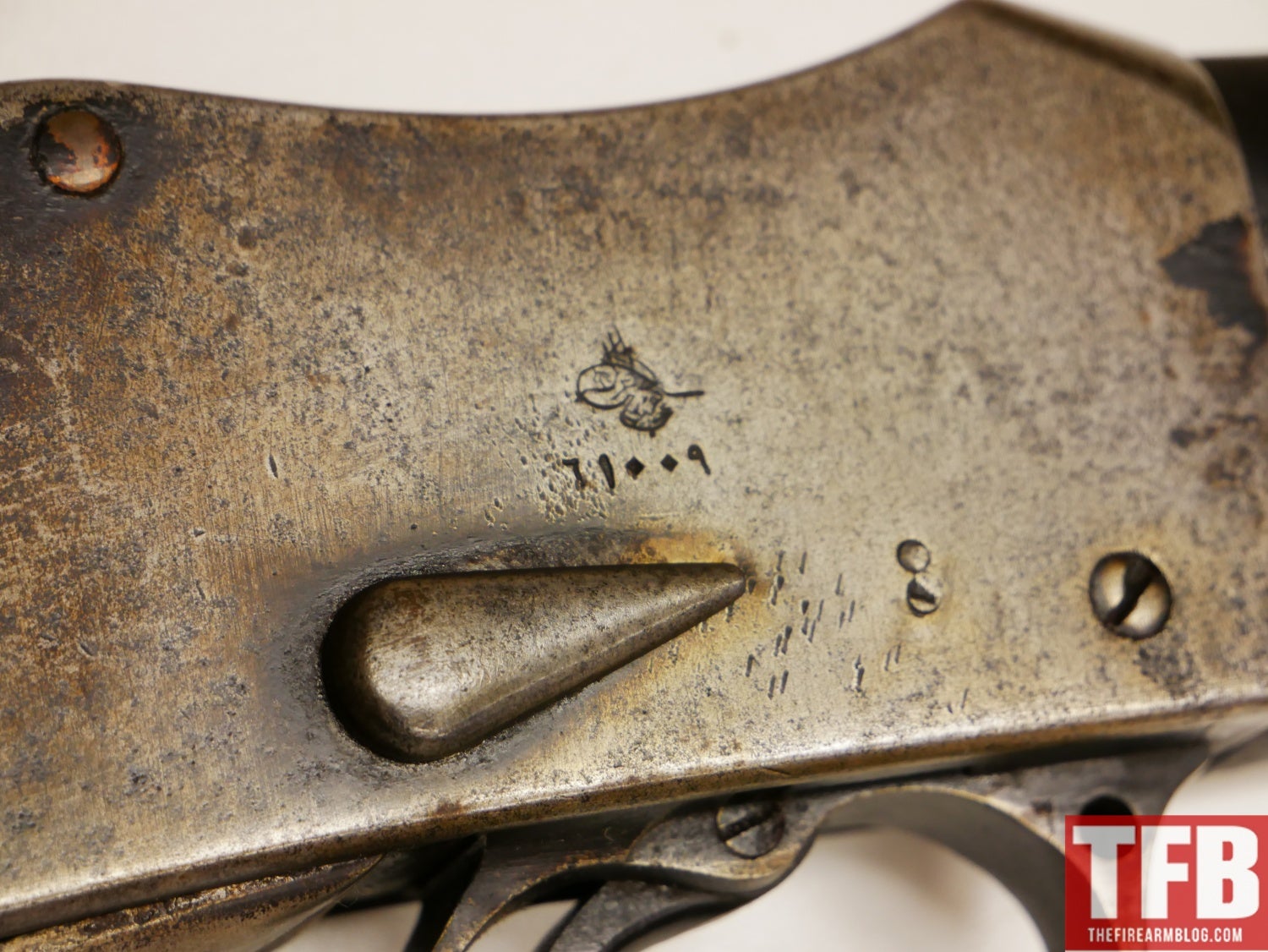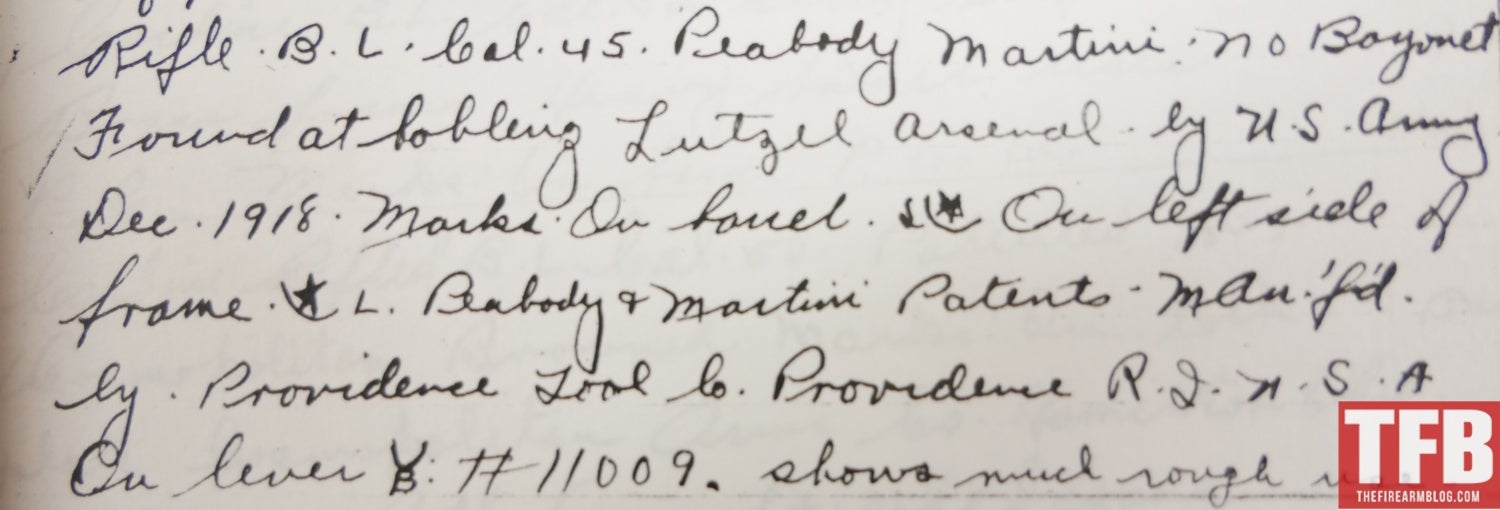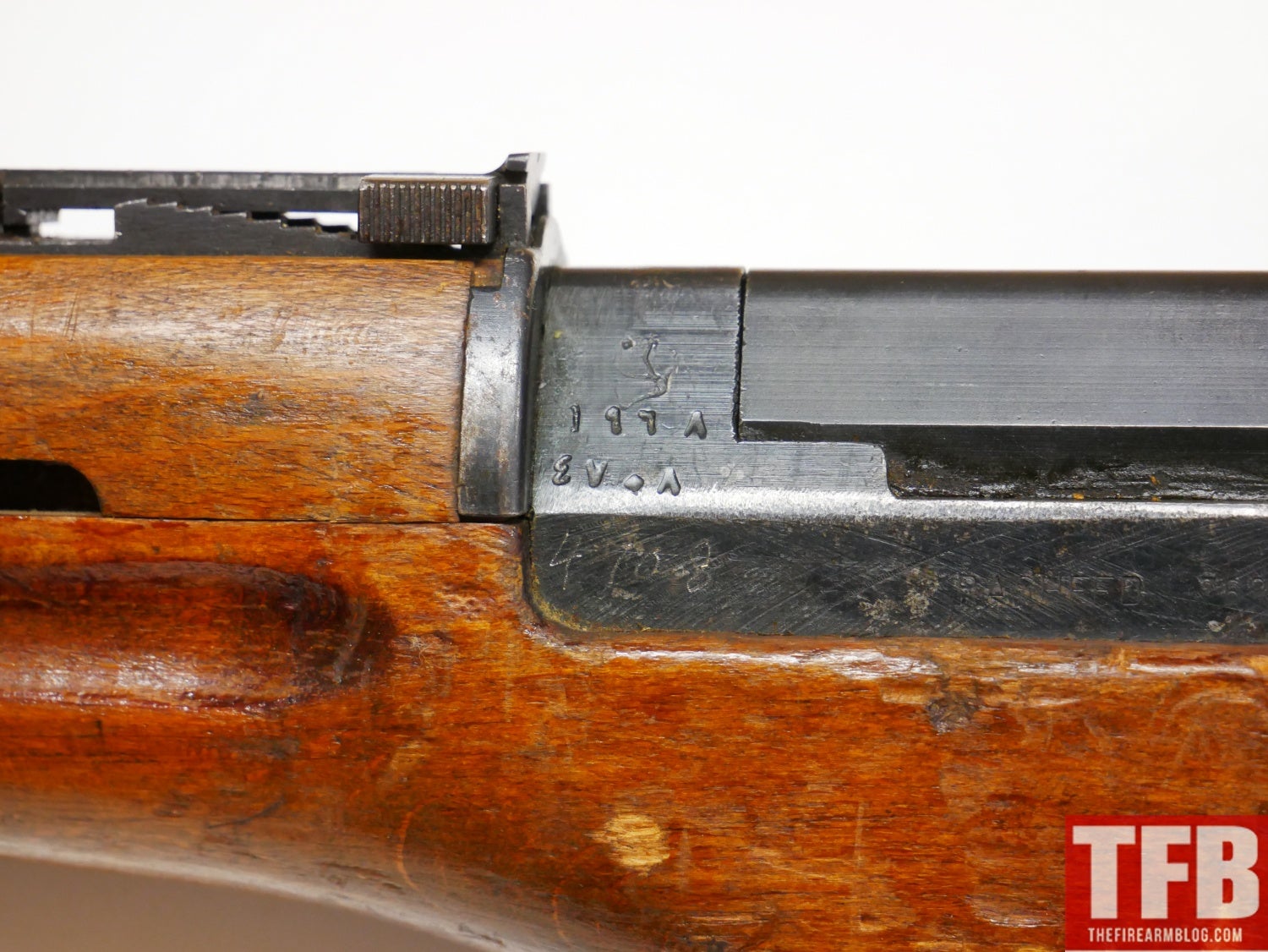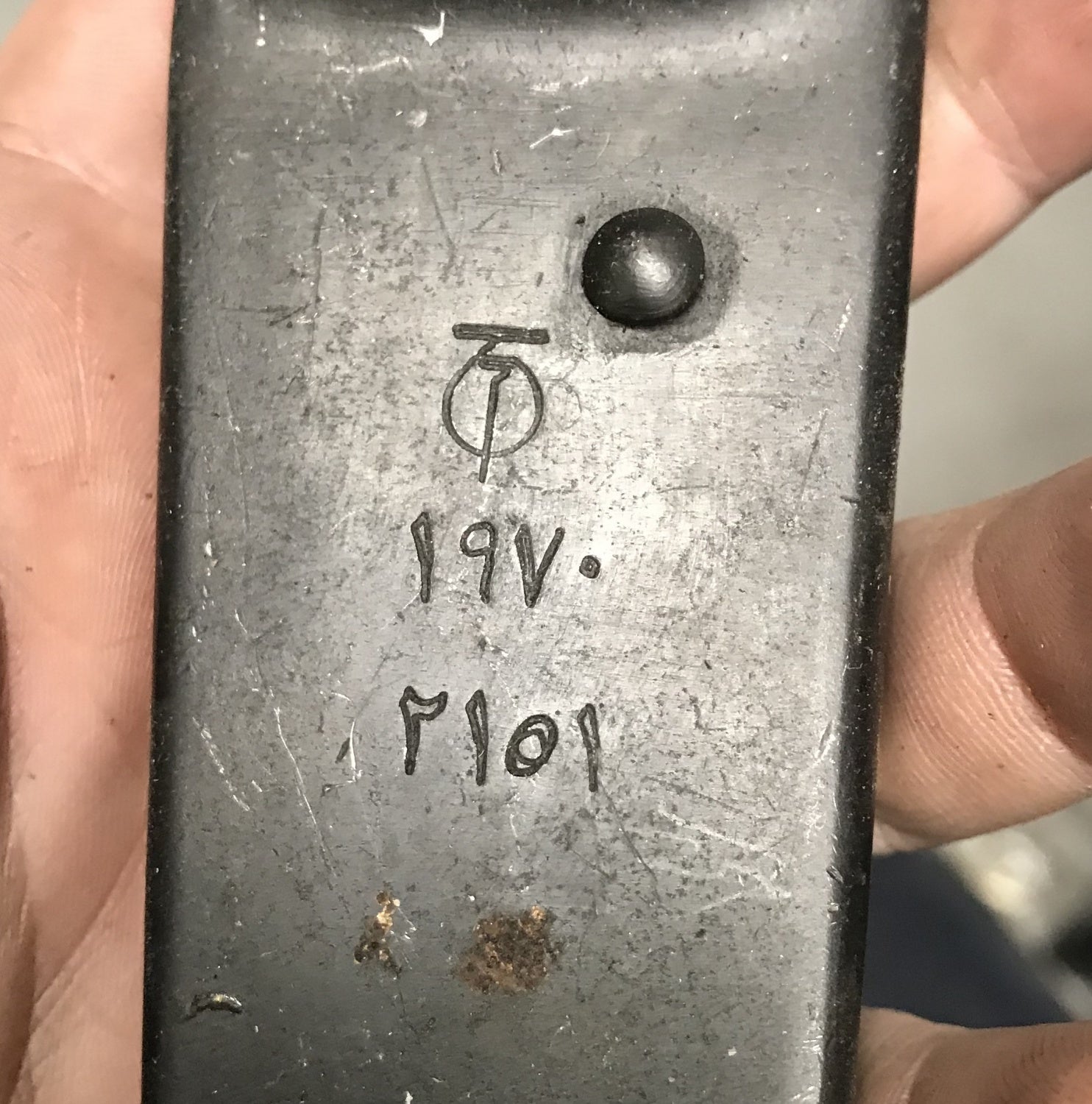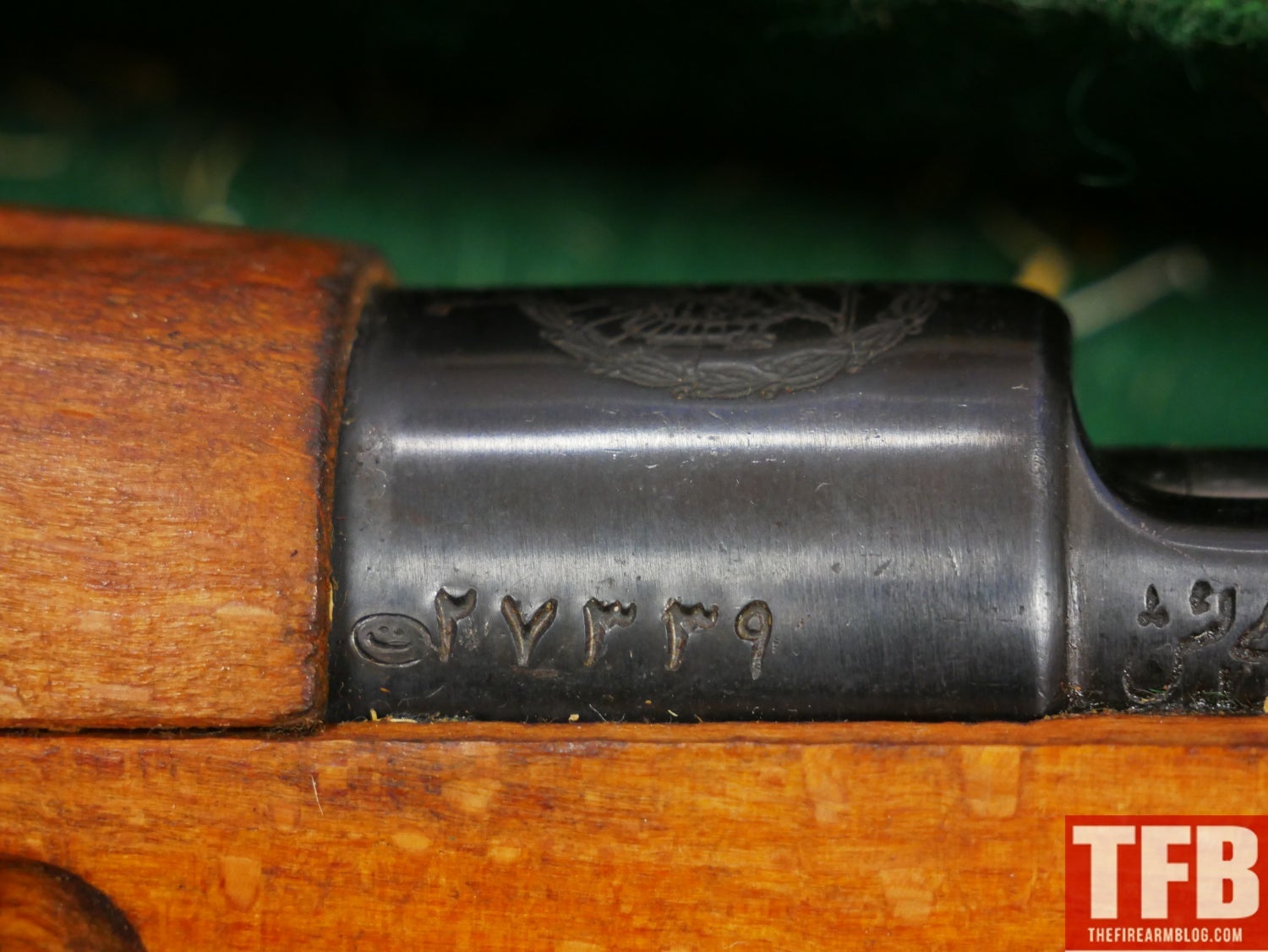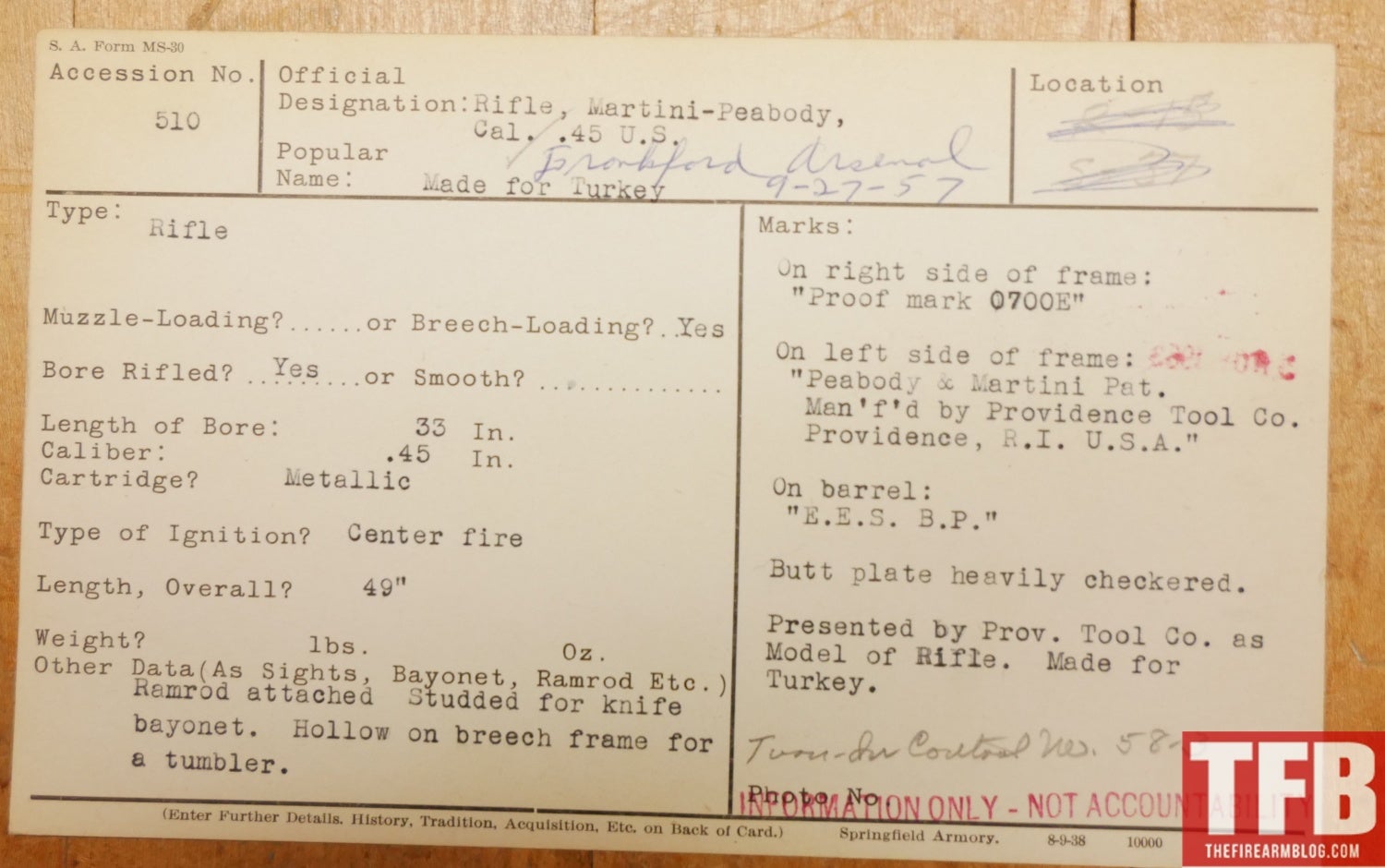While completing some research at Springfield Armory National Historic Site in Massachusets, myself and the curators discovered an interesting phenomena when it came to previous curators at Springfield Armory recording their rifles coming into inventory. When we looked up the old records concerning the Turkish, Egyptian, and Iranian rifles we found out that the recorders hadn’t done their due diligence when it came to accurately recording the serial numbers of the rifles in question. Most of them were basic mistakes when interpreting the numerals, but some were downright humorous. Such as the featured image above, which has the record entry superimposed over the receiver of a Peabody-Martini that was made on contract for the Ottoman Empire in the 1870s. The serial number is a very straightforward numerical marking, consisting of the Arabic numbers “344219”. But in the record book, it is officially listed as “TEETIP”! What appears to have happened is that the Springfield Armory recorder looked at the digits, either didn’t realize that these were numbers or didn’t want to bother to look them up, and simply wrote down what the digits most resembled in the English alphabet. Comical at face value indeed, but this could easily lead to some serious cataloging and inventorying issues if something as important as the serial number is recorded incorrectly. As a testament to doing things right, the current curator realized the issue and we got the correct serial numbers recorded in thier database.
Pictured below is the original rifle in question and the record data entry for it, unaltered.
But apart from just pointing these errors out, I’ll write up a small guide for collectors, curators, or researchers interested in taking these numbers down. It really isn’t that difficult and you don’t have to take a summer course in Arabic or Farsi either!
To begin with, there are two variations of the number system in Arabic script-based languages. These are the Arabic and Farsi number systems. Identical apart from two digits, let’s look at them compared below-
English |
Arabic |
Farsi |
0 |
٠ |
۰ |
1 |
١ |
۱ |
2 |
٢ |
۲ |
3 |
٣ |
۳ |
4 |
٤ |
۴ |
5 |
٥ |
۵ |
6 |
٦ |
۶ |
7 |
٧ |
۷ |
8 |
٨ |
۸ |
9 |
٩ |
۹ |
As you can tell, the numerals are identical except for the “4” and “6” digits. An Arabic “4” looks like a backwards “3” or “E” in English and is displayed as-
٤ 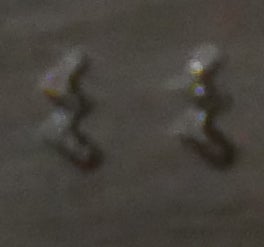
Whereas a Farsi “4” is really a continuation of the previous slash with a swirl on the right side of the digit that we see with “2” and “3”, displayed as-
۴ 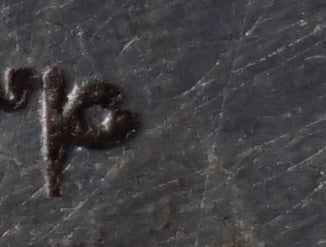
Then the Arabic “6” is the same slash but with a straight line to the left, looking like an English “7” and displayed as-
٦ 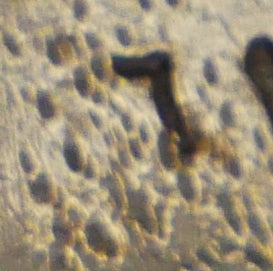
Whereas the Farsi “6” is similar but has an almost closed circle, looking like an English “9”. It can sometimes be confused with an unclosed Arabic “9” which is the same in English. It is displayed as-
۶ 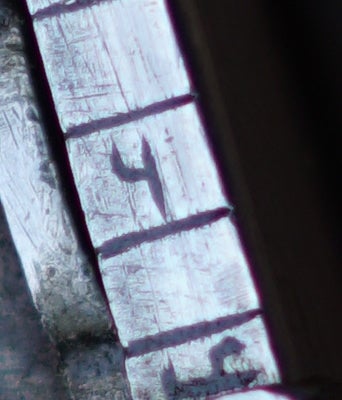
You’ll notice that the “5”s in both systems have some differences as well-
٥ ۵ 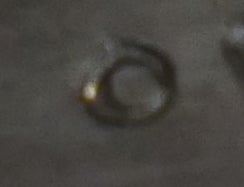
These are essentially negligible, one looking more like a circle and the other an upside heart. In engravings or stampings, both just look like an English “0”. The key note to remember here is “Is it a Dot or is it a Circle?”. Which leads me to another point wherein both systems the “0” numeral is just a dot, sometimes confused with a period in a sentence-
٠ 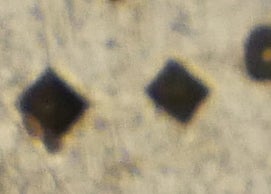
One other point that even students of the languages often confuse is the “7” and “8” numerals because they simply mirror opposites of each other. Which makes students confuse the two often. A trick that I use to remember the difference is that with the “8”, an English “8” can have the bottom circle “fit” inside the lower portion of the upside Arabic “V” / “8”, but an English “7” can fit the top line into the Arabic “V”, and complete a sort of triangle.
Now that we have the guide in place, lets take a look at some examples that we discovered at Springfield Armory.
In this example the serial number is ٦١٠٠٩/61009. But in the record book it was recorded as 11009. Only missing a single digit, but from a historical standpoint that is perhaps the most important one, because instead of being the 11,009th rifle on the contract it was actually the 61,009th.
This is an Egyptian Rasheed, or to be historically accurate, a United Arab Republic origin because Egypt and Syria didn’t split as nations until 1971, previously being under the UAR. In this case the recorder actually took the date the rifle was manufactured and misinterpreted it as the serial number. In Arabic the date stamp reads ١٩٦٨/1968. The recorded serial number is 117A, which is what it would look like if read in English. 1968 places this rifle several years before the dissolution of the UAR. There is a point to be made here about using the Islamic Hijra year versus the Gregorian year as is pictured here. We see this in small arms stampings coming out of the MENA region in the 20th Century, sometimes even switching to complete English lettering. For another example we have the picture below is from an Egyptian RPD with a 1970 date stamp.
The actual serial number is below it, ٤٧٠٨/4708. Which ironically, is stenciled correctly right below it!
This last example is of a presentation Persian Mauser Carbine given to an American advisor in Iran during the 1950s.The only error present is the Farsi “7” which was written down as an “8”. A correct translation was provided for the rest of the rifle, but I think that came with the officer who donated it to the Arsenal in 2001.
As a challenge to our readers, we have this record card from the Armory. What error did the recorder make here? Interestingly, the Peabody-Martini that this card references was transferred to Frankford Arsenal in the 1950s, which was later swallowed up by the Army’s Center for Military History. Unless someone actually took another look at the rifle, it is most likely still in the Army’s artifact inventory system as a completely incorrect serial number.
 Your Privacy Choices
Your Privacy Choices
